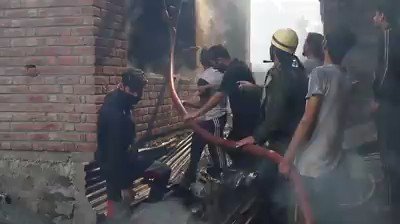Shafaqna Pakistan: Shafaqna Pakistan: At least 15 residential houses have been reduced to debris, rendering several dozen families homeless amid the coronavirus pandemic.
A neighbourhood of 15 houses in India-administered Kashmir was gutted by a devastating fire. It was allegedly started by the Indian police and paramilitary forces during what was a 12-hour long gunfight with two local rebels reportedly hiding in one of the residential properties.
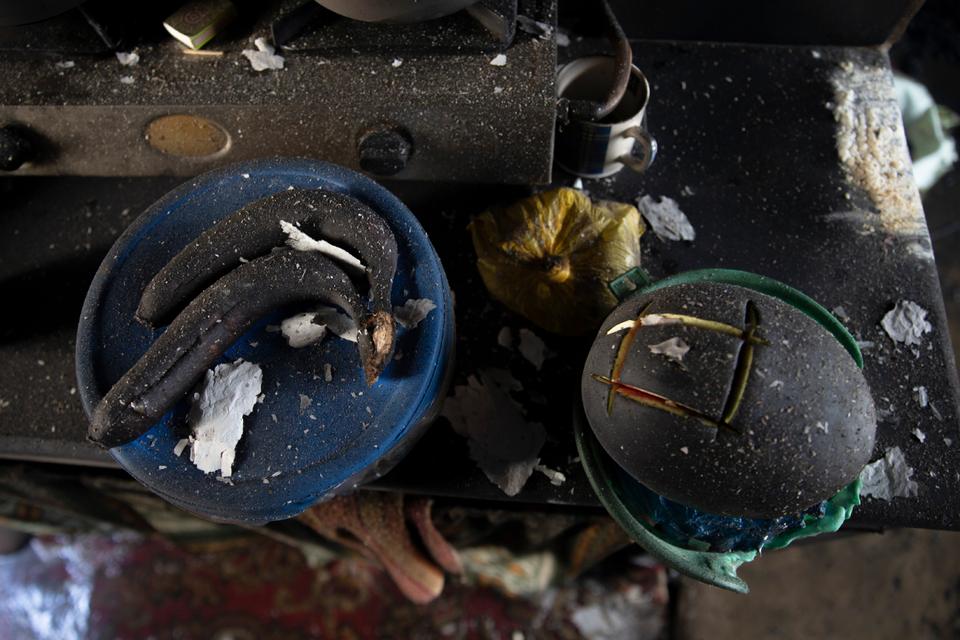
Fire victims told local media that Indian forces destroyed their homes using high-intensity explosives, as well as stealing jewellery and cash from some houses.

Pankaj Singh, one of India’s paramilitary spokesmen, refuted recorded testimonies of plundering and burning, calling them “baseless allegations to malign troops.”
He added, “It was a clean operation with no collateral damage.”
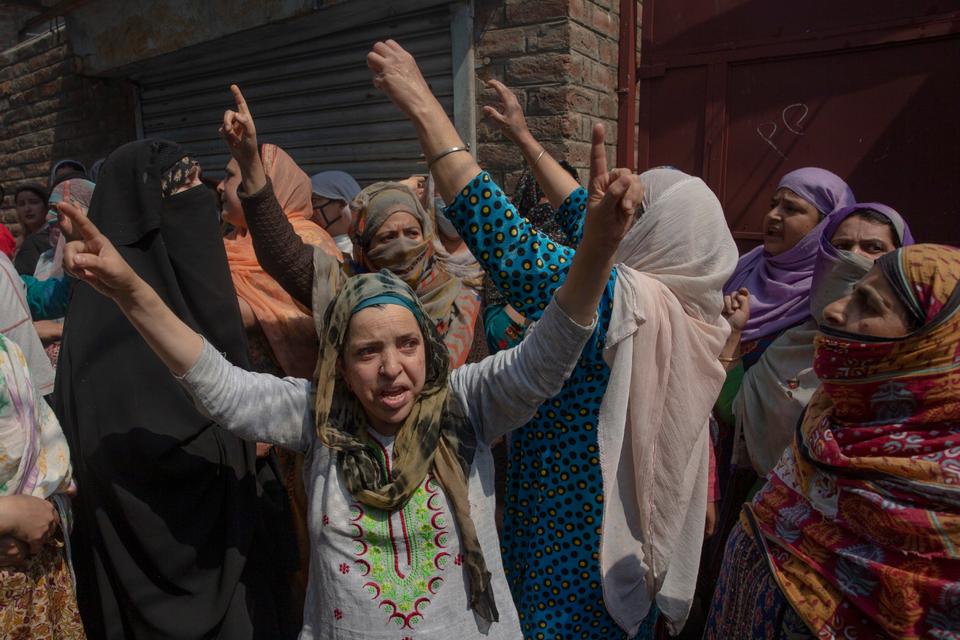
The gunfight broke out on 19 May in the densely-populated town of Srinagar, the summer capital of India-administered Kashmir. Local authorities cut off most mobile internet and phone services, a military strategy often imposed by New Delhi in the region that has been the subject of a long-raging dispute between India and Pakistan since 1947.

India refused to hand over the bodies of the two slain rebels to their families, a new government tactic designed to thwart large-scale funerals that reveal widespread support for anti-India dissent in the contested region. Instead, police buried them in a remote mountainous graveyard, which remains cut-off by snow in winter months.
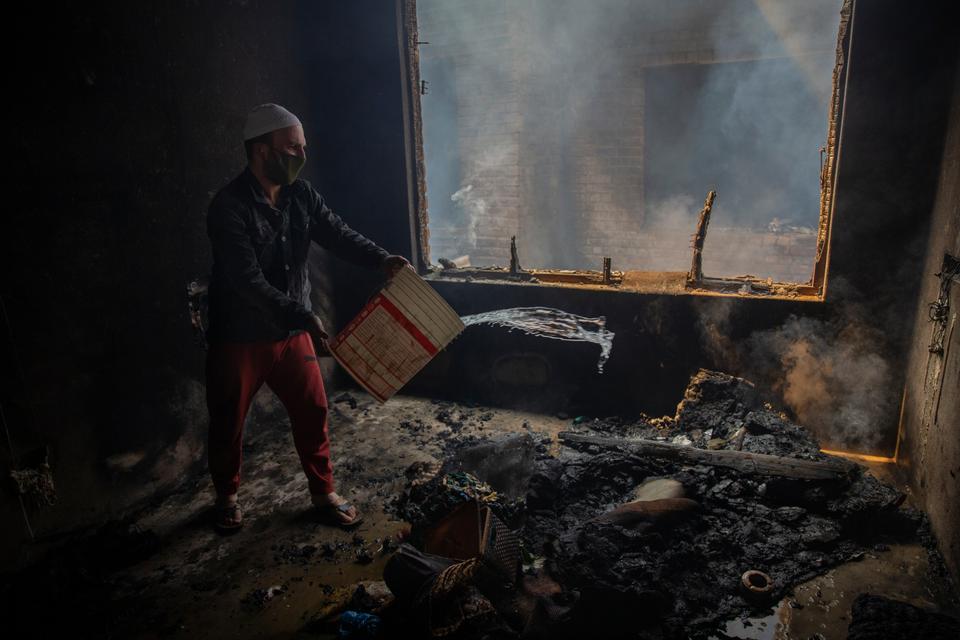
One of the fallen rebels, Junaid Sehrai, is the son of Kashmir’s prominent separatist leader Ashraf Sehrai. His party, Hurriyat Conference, advocates the complete merger of the disputed region with Pakistan.
Sehrai led the funeral prayers for his son in absentia. Junaid was a member of the Hizbul Mujahideen militant outfit, declared a terrorist organisation by India as well as the United States and the European Union.
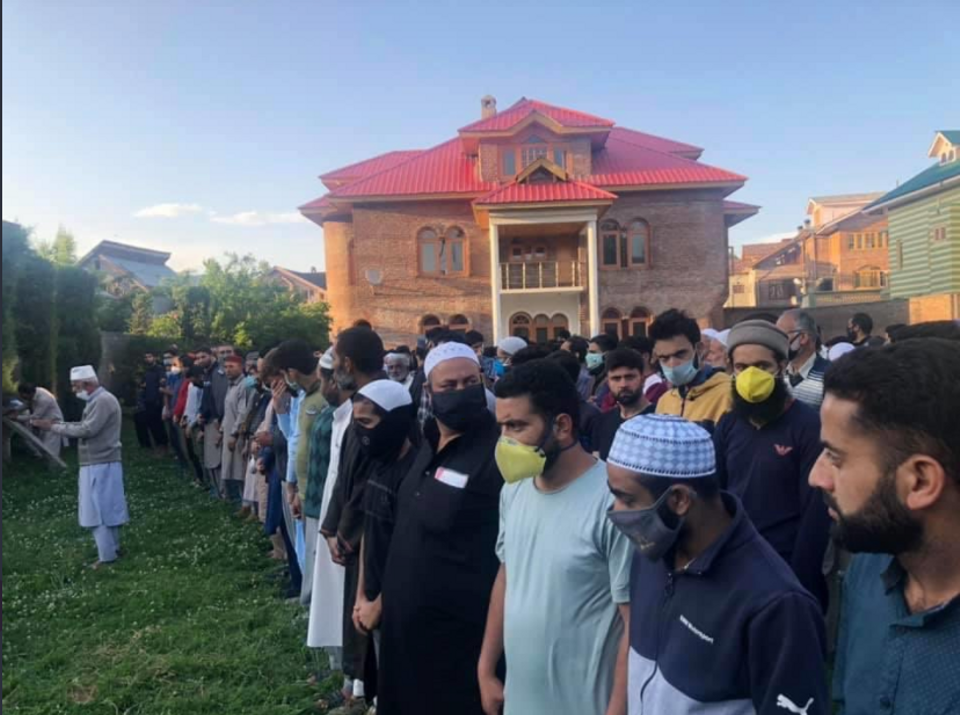
Rights groups have previously criticised India for using “disproportionate force” in a bid to take out rebels, wielding lightweight weapons such as the AK 47.
Between 1989 and 2001, at least 5,368 buildings, including shops, houses and other privately-owned properties in the region, have been heavily damaged in counter-insurgency operations in Kashmir, according to data collected by local authorities. The number could be higher, because of a lack of transparency and reporting in the decade of the 1990s.


